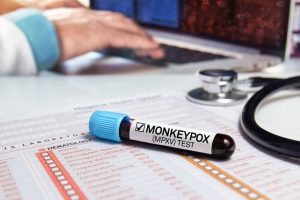Lab-grown human liver model may help advance treatment

New York : Scientists have developed the most sophisticated functional model of a human liver in the laboratory, an advance that can potentially help scientists improve treatment for liver diseases.
The liver organoids, made with human cells, are less than one-third inch in diameter. These will also help advance scientists understanding about bile duct formation.
“This model better mimics foetal development and function of the human liver,” said lead researcher Shay Soker, Professor at Wake Forest University in North Carolina, US.
“We expect these organoids to advance our understanding of how liver diseases — especially congenital diseases — start and progress so improved treatments can be developed,” Soker added.
To make the organoids, scientists allowed foetal liver progenitor cells, an immature cell that is destined to become a specialised liver cell, to self-assemble on a small disc.
The discs are made of ferret liver that has been processed to remove all of the animal’s cells. The resulting organoids, which assemble within two to three weeks, are the first to model actual human liver development.
In the research, reported in the journal Hepatology, the scientists showed that these organoids generated hepatocytes — the main functional cells of the liver.
This achievement represents a milestone in work to create truly functional bioengineered liver tissue for transplantation into patients.
Moreover, the study also shows the stepwise maturation of bile ducts exactly as can be observed in the human foetal liver.
Bile ducts carry bile — a fluid that is secreted by the liver and collected in the gallbladder to digest fats.
This model of bile ductal development can potentially be used to study the hereditary disease biliary atresia that occurs in infants.
“Altogether, the team has created a laboratory model of human liver development and disease that will help advance our understanding about bile duct formation,” said Pedro Baptista, from the varsity.
IANS







